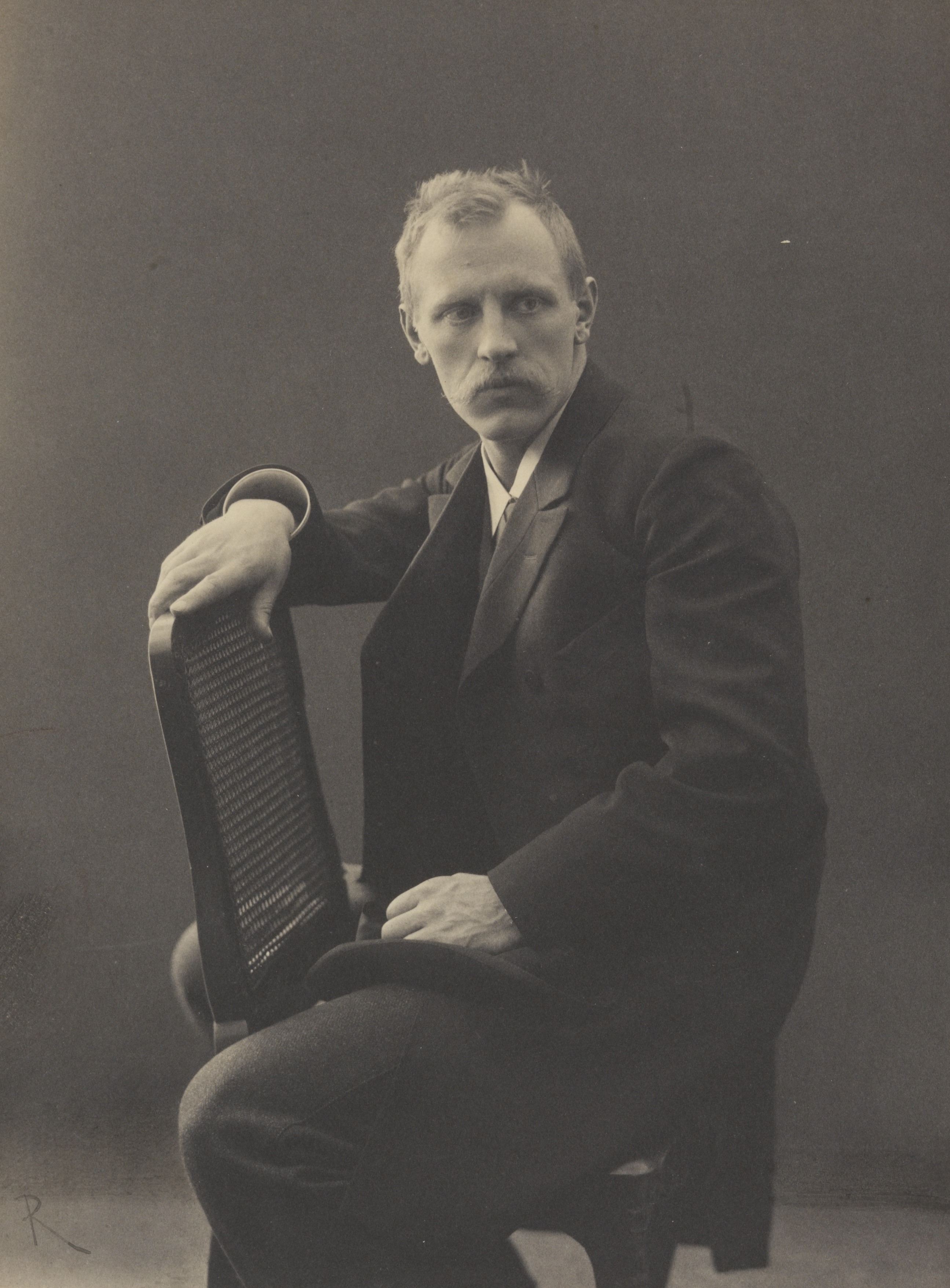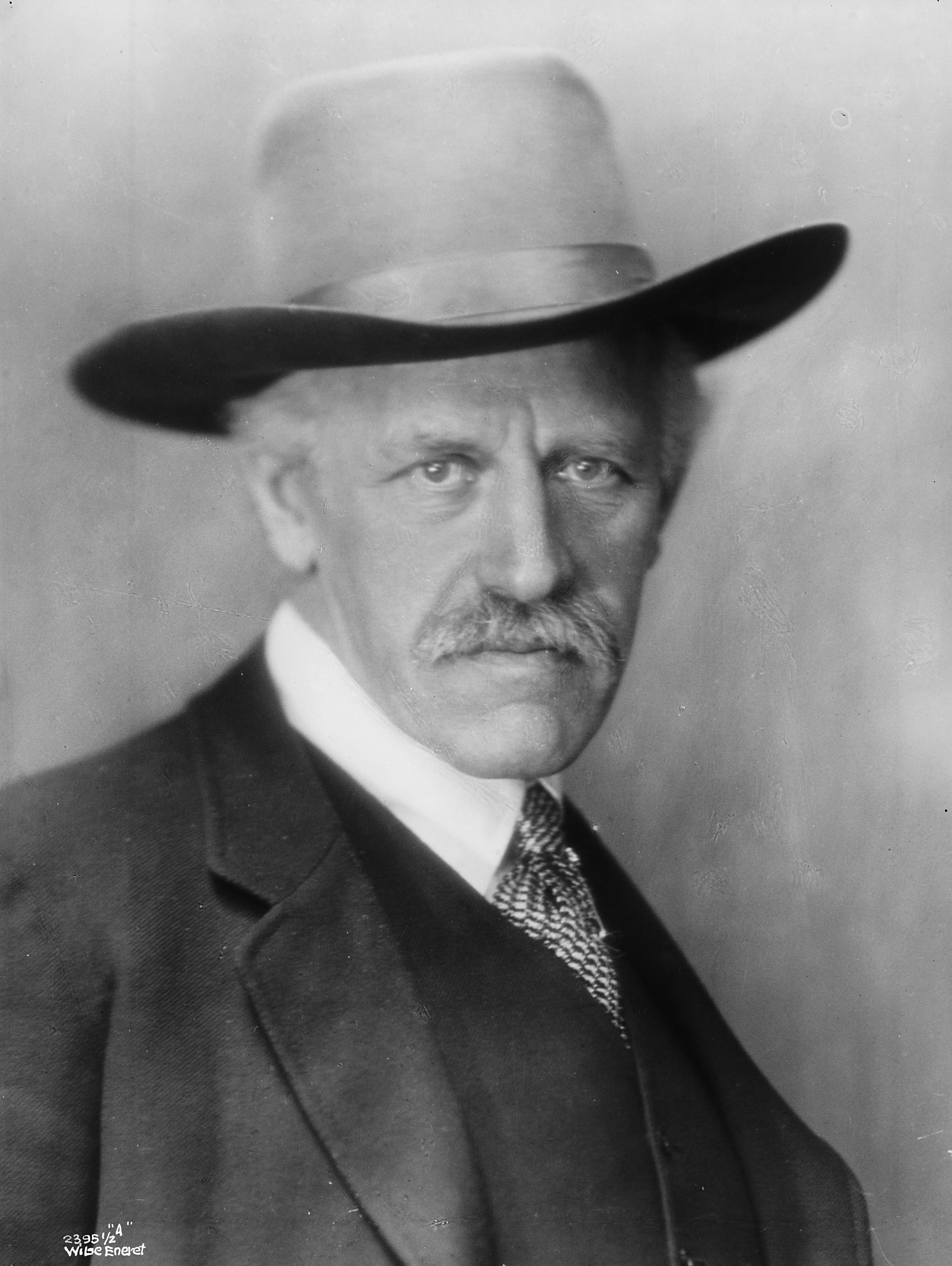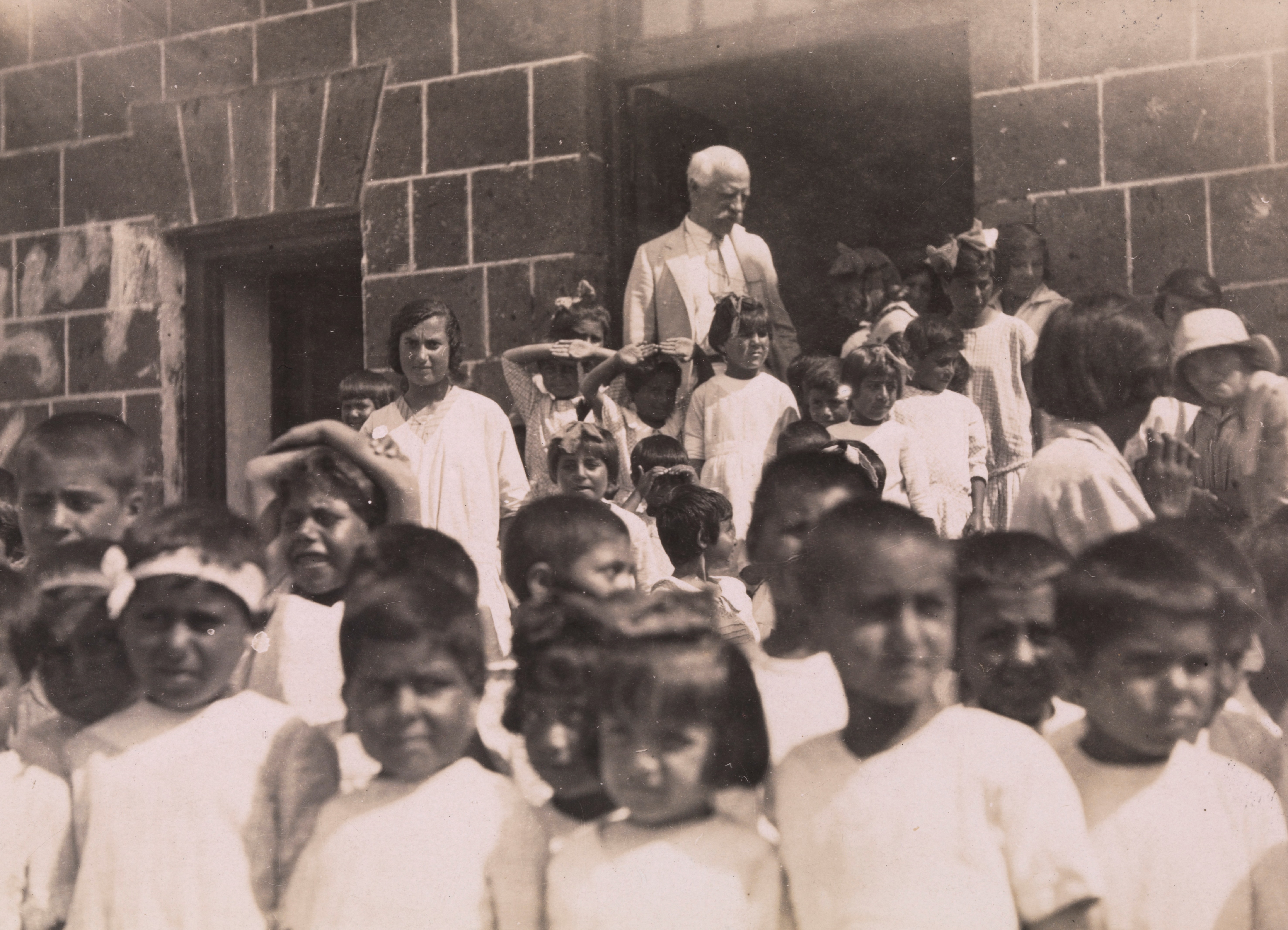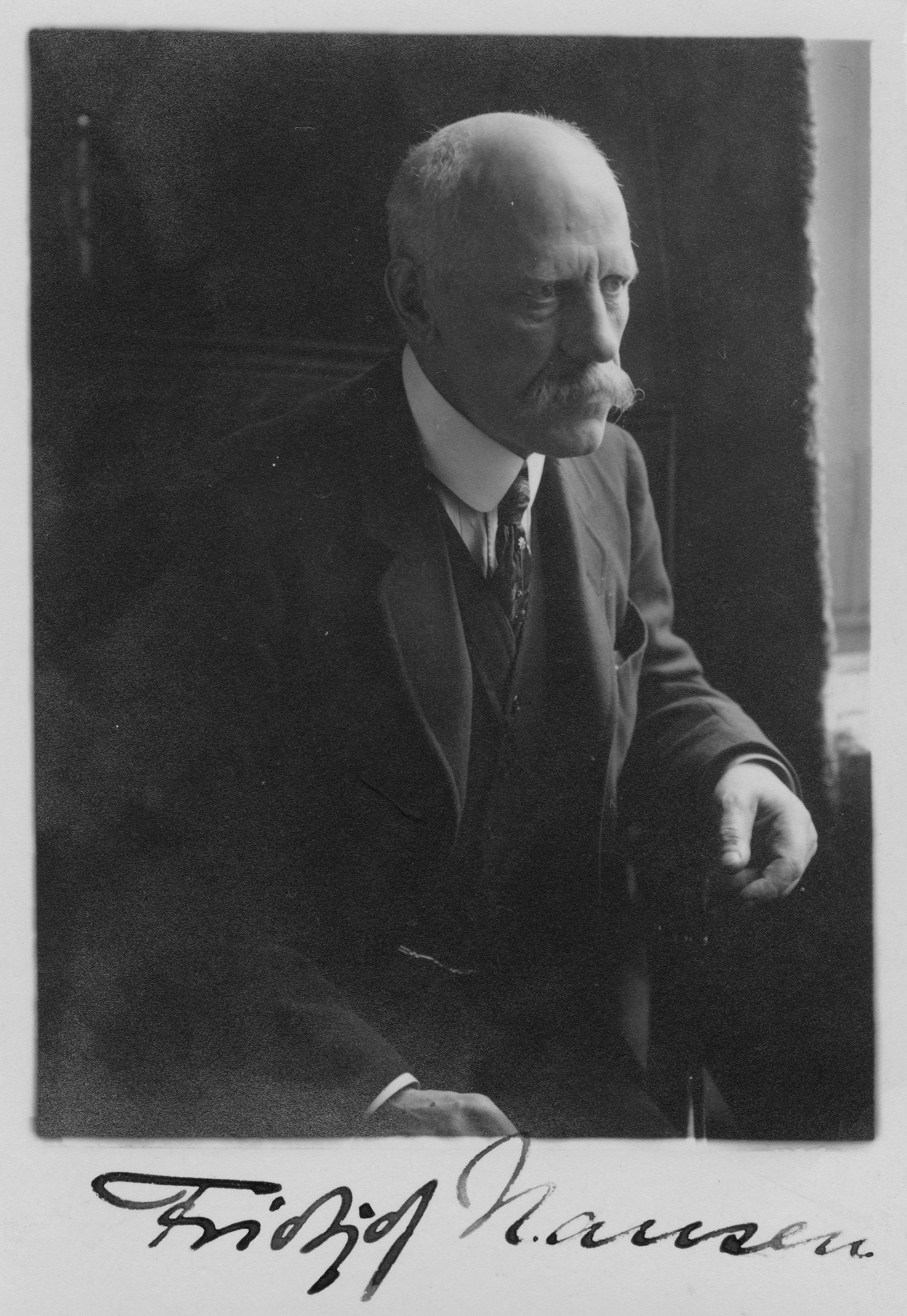







I. Repatriation of war prisoner 1919-1922
After WWI, hundreds of thousands of prisoners of war still had not been repatriated between Russia and Central Europe. Therefore, the League of Nations launched a major humanitarian initiative led by Nansen. In a little less than two years, 427,886 people were repatriated. Of these, 406,091 were transported through the Baltic region.
II. Refugees from the Russian Civil War
The revolution and civil war tore Russia apart from 1917 until the early 1920s. The war led to the displacement of around two million people, including countless children. Tens of thousands settled in the newly independent Baltic countries or cities such as London, Belgrade, Paris, and Berlin. In 1921, formal international efforts to aid the Russian refugees began when the International Committee of the Red Cross appealed to the League of Nations to assist them.
III. Russian famine and Nansen mission.
After the killing fields of the First World War, the political upheavals in Russia and elsewhere, and the rampant spread of disease among exhausted communities, came the threat of food shortages that put an estimated 32 million lives at risk in Russia, Ukraine and Georgia. In 1921, on top of the political chaos that caused the breakdown of whatever health services existed, the region experienced a devastating drought, leading to a generalized famine. Thousands of villages were abandoned by their wretched inhabitants, who went scavenging for food wherever they could hope to find it. They survived on grass, clumps of earth, domestic animals… and even human flesh. In June 1921 Lenin acknowledged the looming tragedy, and the writer Gorki appealed to the world for help.
Within two weeks Nansen had concluded an agreement with the Soviet authorities for the distribution of aid. The accord gave Nansen’s commission the right to bring in whatever personnel he needed, and guaranteed freedom of movement and action. Within this coordinated approach, the American Relief Administration was one of the first groups to get active, arranging a feeding programme for a million children. By November, half a million railway wagons packed with food and medicine had reached the affected region.